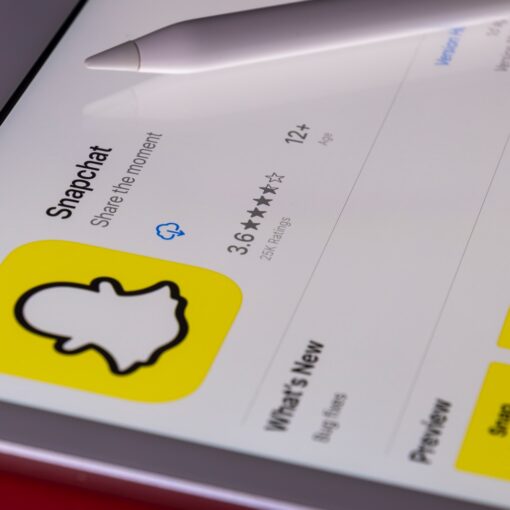Top Takeaways and Key Concepts
→ Choose a focused niche to teach what you know with clarity and purpose.
→ Break lessons into short segments so students learn comfortably without overwhelm.
→ Use visuals and stories to make your course content memorable and relatable.
→ Test multiple course platforms to find the one that matches your teaching needs.
→ Promote your course consistently using social media teasers and audience engagement.
Summary of This Article
Creating and selling online courses is a powerful way to turn your knowledge into income, and this article walks you through each essential step. You learn how to identify the right niche, create engaging content, and choose the platform that fits your teaching style. It also explains how to market your course effectively and keep students involved long after enrollment. The article highlights how visuals, humor, and real-life stories strengthen learning, while follow-up emails and community-building improve student success. By blending creativity, structure, and authenticity, you can build a course that students love—and that continues to grow your income over time.
Making and marketing online courses is a great way to make money while doing something you enjoy. Have you ever considered about how much you know? There is someone out there who wants to learn from you, whether it’s how to knit, code, or make the best chocolate chip cookie. It’s like being a teacher, but you don’t have to deal with chalk dust or weird school assemblies. Let’s get into the area of making money with online courses and explore how you can use your knowledge to make money.
Contents of This Page
Finding Your Niche: What Can You Teach?
Finding out what you’re enthusiastic about is the first step on this journey. You might be a pro at gardening or have learned how to speak in front of a crowd. No matter what, it’s important to find your specialization because it helps you get students who really want to learn from you. Questions that people ask you a lot could be great ideas for courses.

Now that you know what you’re good at, it’s time to think of new ways to show it out. This is when the fun starts! Think about what makes you excited about your topic and how you can use that excitement to generate content that people will want to read. For example, if you’re making a course called “How to Grow Tomatoes,” don’t just give facts and figures. Instead, take your students on a colorful tour through the world of gardening.
Think of bright colors to start with, like lush green plants with luscious red tomatoes on them. You might include pictures or movies that are interesting to look at that depict each stage of growth, from seedling to harvest. You might also add some time-lapse video so kids can see how things change over days or weeks! Visuals not only make the content more interesting, but they also help students understand ideas better by seeing them in action.

Another great method to connect with your audience is to tell stories that they can relate to. A nice story is something everyone enjoys! Tell us about funny things that happened while you were gardening, like the time you watered your neighbor’s prize-winning tomatoes instead of your own by mistake, or the time you tried a new fertilizer and ended up with tomatoes the size of basketballs. These little things make students feel like they are part of a group and show them that you are not only an expert but also someone who has had to deal with problems in the past.
Also, think about adding humor to your lessons. A lighthearted attitude can help people get along and make learning less scary. Why not add some jokes to the instructions instead of just giving them? “Why did the tomato turn red?” “Because it saw the salad dressing!” can get a laugh and help your lesson stick in their minds. Humor keeps things interesting and makes pupils want to learn instead of just passively taking in knowledge.
And don’t forget to interact! Throughout the course, ask students to talk about their personal gardening stories or experiences. Discussion boards or live Q&A sessions let students talk to you and each other at the same time. This community aspect encourages participation and helps everyone feel like they are part of something bigger—a network of ambitious gardeners who are there to help each other!
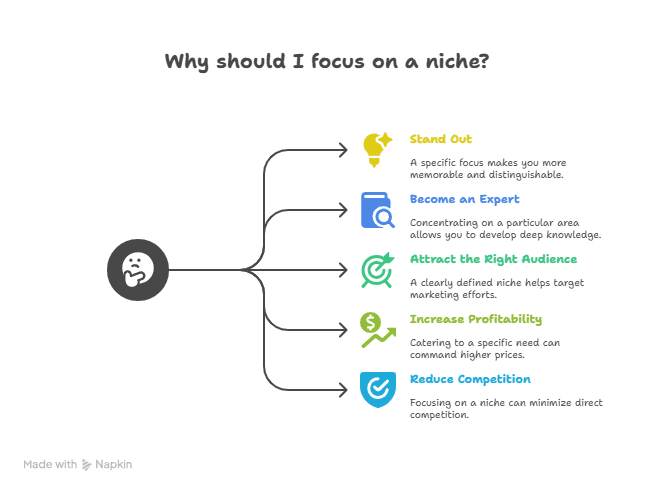
Last but not least, remember that excitement spreads! If you really want to teach people how to grow tomatoes (or anything else), your future students will probably pick up on that energy as well. Every video lecture, textual instruction, or interactive exercise you make will show how much you care. So go ahead and let your excitement show in every part of your course design! When students realize how much fun you’re having teaching them, they’ll want to join in on the pleasure too.
To sum up, to make your knowledge interesting, you should use bright images, relatable stories, comedy, interactive components, and most importantly, show how excited you are about the topic. If you carefully put these parts together, you’ll make an online course that everyone will like and learn from!
Creating Engaging Course Content
It’s time to go to work and make some content now that you’ve found your niche. One of the best things about developing an online course is that you get to choose how it looks and feels. Are you trying for a relaxed feel or something more organized? Mixing together video lectures, textual materials, and quizzes keeps things interesting.

It’s important to keep lessons short when you make them. Let’s be honest: no one wants to sit through a three-hour lecture that feels more like a marathon than a class. In today’s fast-paced world, people have shorter attention spans than ever before, just like I do when I’m waiting for my coffee to brew! So, why not divide your material into 10-minute parts that people can easily understand? This method helps students study without feeling too much pressure, which makes it simpler for them to understand ideas and remember what they’ve learned.
Have you ever tried to binge-watch a TV only to fall asleep halfway through? Online classes are the same way. Lessons that are shorter keep kids interested and motivated. You may focus on one topic at a time, which lets students go deep without becoming lost in the details. Also, this structure makes them want to come back for more since they want to discover what new things they can learn in the next session!
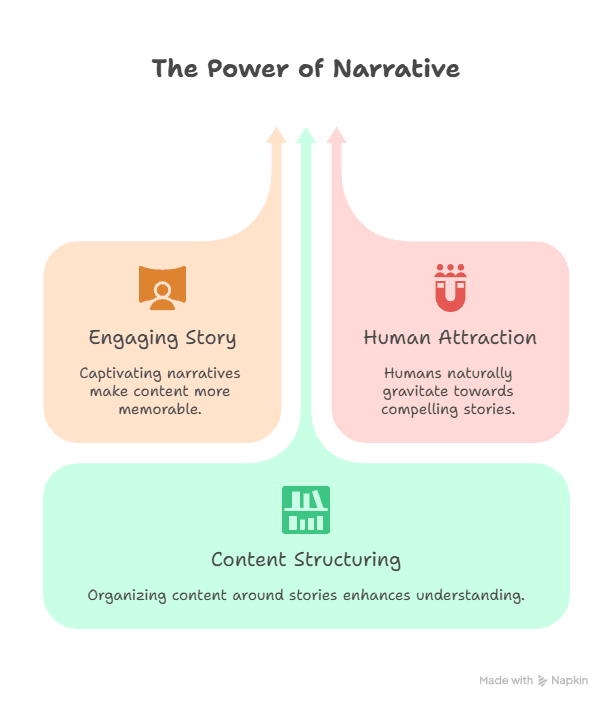
Now, let’s add some fun! Learning should be interesting, not as boring as toast from last week! A well-placed joke or hilarious story may make even the hardest issues seem easier to understand and make people feel better. For instance, if you’re teaching about diseases that affect tomatoes, you could say something like, “Don’t worry if your tomatoes look sick—they’re just having a bad day!” We all have those! Humor makes the classroom a more relaxed place where students can feel free to ask questions and explore new ideas.
And don’t forget about interactive parts when you ask questions! Adding Q&A sessions or discussion boards to your course can really help people get to know each other. These platforms let students talk to each other and to you directly. Think about how nice it would be if a classmate raised a question that led to a very interesting discussion! This not only helps people understand better, but it also helps them develop relationships that make studying feel less lonely.
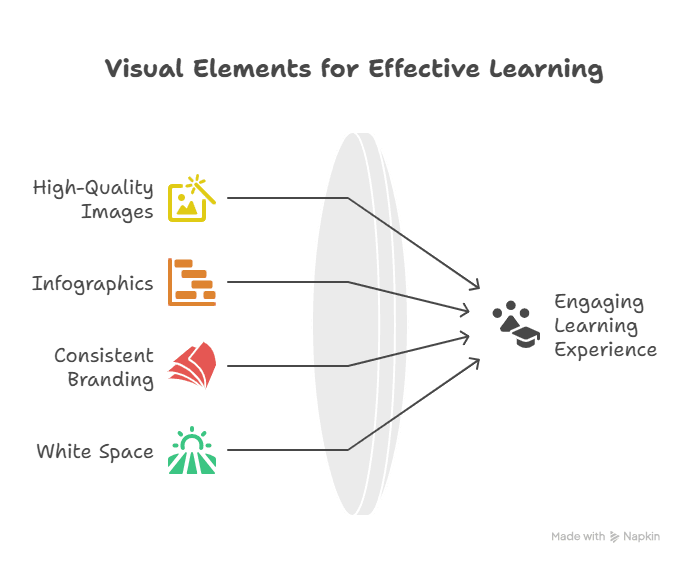
Encouraging students to communicate with one other can lead to shared experiences and insights that make the course as a whole better. One student might have come up with a new way to grow tomatoes vertically in limited places, while another might have advice on how to get rid of pests using natural methods. You’re not simply teaching people when you give them chances to talk and work together. You’re also establishing a lively learning environment where everyone can share their own ideas.
Also, adding quizzes or polls to your courses can provide you fast feedback and keep students interested. At the end of each section, a short exam reinforces important ideas and lets students see how well they grasp them, like checking to see whether they recalled where they left their vehicle keys (which I regularly lose!). This hands-on way of learning makes it active instead than passive.
In short, short lessons with humor and interactive parts make an online course fun and interesting, which keeps students coming back for more. Keep in mind that when learning is fun and open to everyone, everyone benefits! So go out there and write those fun little bits of wisdom that will make your kids eager about what they will study next!
Choosing the Right Platform
When it comes to making content, picking the correct platform to host your course is just as crucial as what you put in it. There are a lot of choices, such Thinkific, Teachable, and Udemy, to name a few. Depending on what features are most important to you, each platform has its own benefits and cons.

Some platforms, for example, include built-in marketing tools, while others only let you make courses. It’s interesting how different platforms meet different demands, just like a buffet where you may choose what you want to eat. There are ways to make the process easier for you if you just want to make a great course but don’t want to deal with the details of marketing. These platforms may provide tools like email campaigns or buttons for sharing on social media that make it easier to share your material with the public.
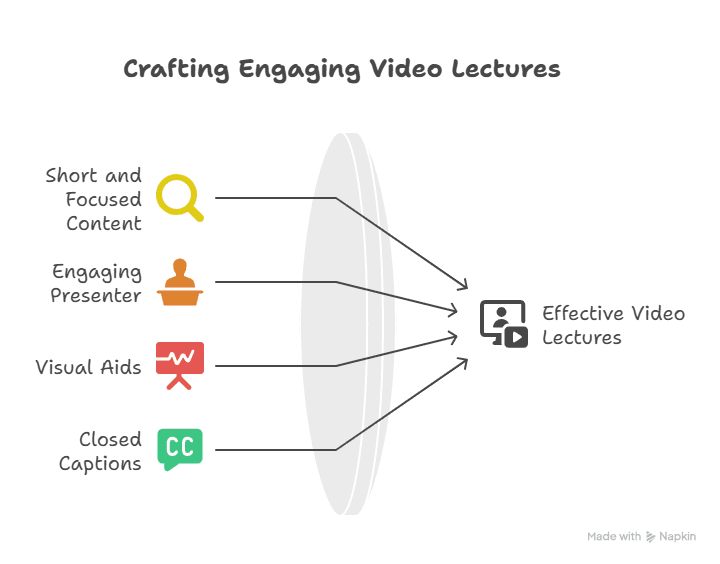
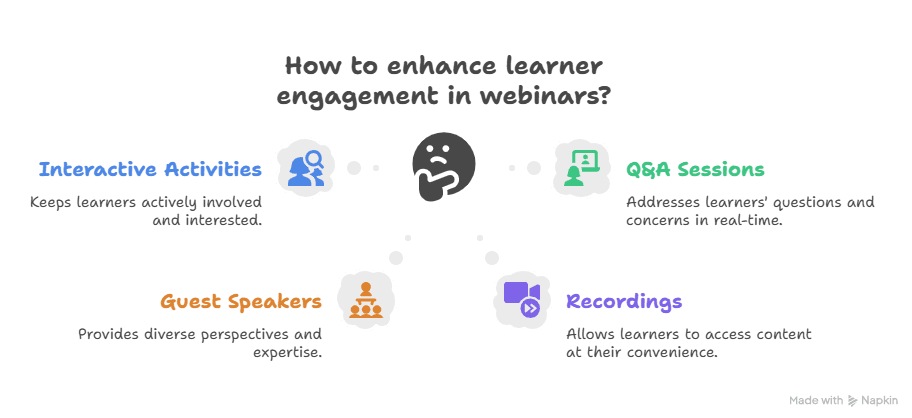
On the other hand, if you enjoy being creative and are good at marketing, you might choose a platform that lets you have more say over how you market your business. Just think of how fun it would be to make commercials or social media postings that capture people’s attention and get them to click through! But hold on—before you jump into any platform, you need to think about which one fits your ambitions. Picking the incorrect tool could make you angry faster than finding out your favorite pizza place is closed!
Use free trials to find out which choice works best for you if you’re not sure. When looking for online course platforms, this is one of the wisest things you can do. Think about it: it’s important to try on shoes before you buy them. No one wants blisters from shoes that don’t fit right, and in this instance, a clunky user interface that makes traversing your course seem like running a marathon in flip-flops! You can try out the features for free before you have to pay for them.
During these trial periods, pay attention to how easy each platform is to use. Is it simple to post videos? Can you make quizzes or assignments quickly? You want something that feels as good as your favorite pair of sneakers, not something that makes you trip over your own feet! Also, keep an eye on customer service throughout this period. If things go wrong (which they do a lot), having quick help can make all the difference between success and ripping your hair out in anger.
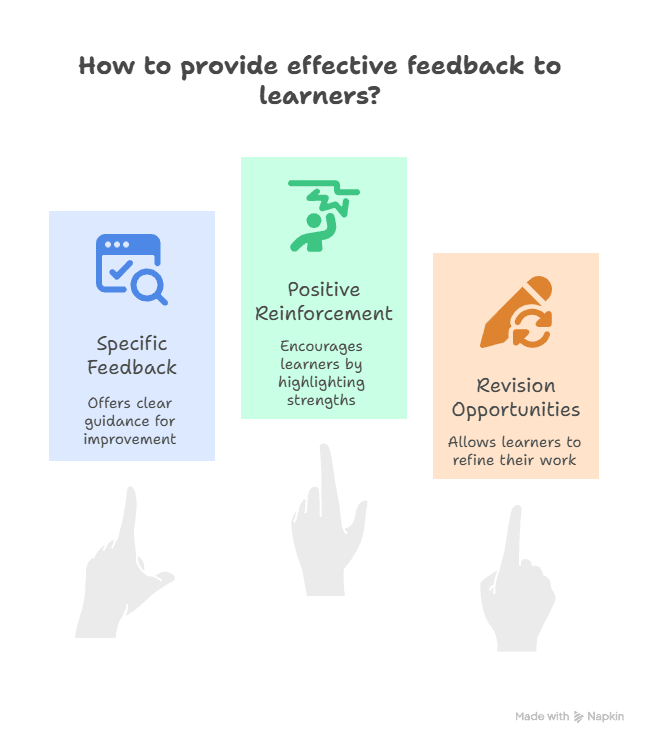
It’s interesting that a lot of platforms also have community forums or support groups where users may discuss tips and ideas. This can be quite helpful when you’re just getting started! It’s like having a personal cheerleading squad encouraging you along the way when you can learn from other creators who have been through the same things.
In the end, trying out different platforms for free will help you identify the one that works best for your teaching style and business strategy. There is probably a solution out there that is perfect for you, whether you require powerful marketing tools or just a simple way to make lessons. Put on your metaphorical shoes and start walking toward making an outstanding online course experience!
Marketing Your Course Like a Pro
So, you’ve made a great course. The fun part is encouraging folks to sign up now! This stage can be scary, but don’t worry; if you get the hang of it, it’s easy than herding cats. Start by making a list of people who could be interested in what you’re selling, even if it’s simply friends and family at first.

You can also use social media to get the word out about your course. To be honest, they are like megaphones for your ideas, making your voice louder so that potential students who don’t even know they need what you have to give can hear you. Each social media site, like Instagram, Facebook, Twitter, or TikTok, has its own vibe and audience that can help you meet new people in fun ways. So why not make the most of it?
Making posts that people want to read is important. Think about showing short clips from your courses as a sneak peak at a big movie that is due out soon. Everyone likes a good teaser! You might upload short videos showing a fun idea from your class or visuals that stand out that show important suggestions. The idea is to get people to stop scrolling and remark, “Wow, I want to know more!” And don’t forget about reviews. If your beta testers appreciated what they learnt (and maybe even threw confetti afterward), tell everyone about it! Real feedback from delighted students is one of the best ways to develop trust.
Speaking of buzz, let’s talk about ways to get people excited about the day your course starts. To be fair, the waiting is half the joy! You may think of posting countdowns building up to the big day, like those chocolate advent calendars but without the calories! Every post may show something fresh about your course. For example, one day it could show how you arrange your lessons behind the scenes, and the next day it could show a special bonus for people who sign up early. The goal is to generate excitement so that everyone feels like they’re part of something unique when the big day eventually comes.
Also, it’s quite important to talk to your audience during this buildup. In your posts, ask questions like, “What is one thing you would like to know about [your topic]?” This shows that you care about their opinions and also helps you make your content more relevant to what potential students are really interested in. Also, responding to comments makes individuals feel like they are part of a community, which they adore!
And here’s a fun idea: as part of your marketing plan, think about holding contests or giveaways that have to do with your course subject! If you’re teaching people how to take pictures, for instance, you could give away a free one-on-one session or some cool gear. Who wouldn’t want to enter? This kind of activity gets people talking and helps you reach more people since participants tell their friends about it.
Finally, keep in mind that social media is all about being consistent. Regularly posting puts you in people’s minds and builds up the excitement for launch day. Like watering a plant, the more you pay attention to it over time, the better it will do!
Using social media well can turn simple announcements into exciting events full of energy and excitement. You may set yourself up for success even before anyone clicks “Enroll” by making interesting content and building relationships with potential students through interactive aspects and real stories. Get out there and make some noise! You have things to say and lives to alter!
Monetizing Beyond Just Course Sales
You can make money with online courses in more ways than just selling them! Once you become an expert in your field (which happens faster than you think), think about other ways to make money, such as affiliate marketing or making extra resources like e-books or coaching services.

If students are prepared to pay extra for one-on-one help, you might discover that delivering personalized feedback sessions is quite helpful. Think about how happy a student would be to know that they are not simply another face in the crowd, but someone whose unique questions and problems are really listened to! This particular touch can turn their learning from boring to amazing, making them feel valued and supported.
Let’s speak about how this method can help you make more money. You can make a lot more money by offering individual sessions as an add-on. Think of it like the cherry on top of your course sundae—so good that you had to have it! Students who want to learn more or deal with certain problems typically consider these one-on-one sessions as a great chance to get personalized help. Also, they are usually happy to spend money on themselves when they know they will obtain aid that is right for them.
These one-on-one contacts do more than just fill your wallet; they also deepen your relationships with students who like getting special attention. When students know that you care about them and understand them, they are more likely to tell their friends and family about how great their time was. Word-of-mouth marketing is quite effective. If someone has a great time with you, they’ll tell everyone about it, just like a delighted father shows off images of their newborn. Their reviews could be very helpful for prospective students who are thinking about taking your course.
Also, these feedback meetings are a great time to find out what works well in your course and what might need to be changed. You can have your own focus group right at your fingertips! You might ask them questions about their learning adventure, like what they liked best. What were their problems? This information is priceless; it helps you improve your content and delivery while also showing students that you care about making their experience better.
And let’s not forget the emotional bond that forms when people contact with each other in a personal way. Being there for someone during those “aha!” moments as a teacher or mentor builds relationships that are more than just business. Students will never forget how you helped them get through tough times or make big changes. Those memories will stay with them forever. Students are more likely to come back for extra classes or tell others about you if they feel like they know you as a teacher.
To make these sessions even better, think about giving students the chance to choose their own schedules. Some people could like short, 15-minute check-ins, while others might desire longer, more in-depth discussions of difficult topics. Offering a choice of options meets the demands and schedules of different people, since we all have busy lives!
Adding tailored feedback sessions isn’t only about making more money; it’s also about building real relationships with students who value one-on-one help. By spending time on these relationships and really listening to what your students have to say, you’ll not only improve their education, but you’ll also create a dedicated group of supporters who want to tell everyone about what makes your courses so great! So why not do this? Your future students—and your cash account—will be grateful!
Keeping Your Students Engaged
After successfully launching your course (cue fireworks!), keeping students interested is key to long-term success. Updating content based on feedback on a regular basis makes ensuring that students feel appreciated and that the material stays fresh and useful over time.
Don’t forget to send follow-up emails! These small things can have a major impact on how your pupils feel about their learning. Think about getting a gentle nudge to remind you about an assignment that’s due soon or getting some extra resources that are just right for your interests. It’s like getting a nice note from a buddy instead of just another boring reminder from a teacher. This kind of communication indicates that you really care about your kids’ success and health, not just collecting their tuition.
Think of these follow-up emails as little check-ins when you send them. Not only do they remind you of things, but they also provide you a chance to get to know your pupils better. You might provide them useful hints on the assignments or propose more reads that might make them even more interested. You could also tell an amusing story or anecdote that has to do with the topic. After all, who doesn’t want to laugh? This makes learning feel fun and interesting instead than burdensome and required.
It’s interesting that students who are interested are more inclined to tell others about courses, which is practically free promotion! Imagine this: if someone had a great time in your class, they might tell their friends about it over coffee or write great reviews on social media. They might say, “Hey, I just took this great online course on how to grow tomatoes!” with excitement as they talk about what they learned and how much fun it was. This spontaneous buzz can bring new students right to your virtual door without you having to spend a dollar on advertising!
Also, these recommendations are typically more powerful than regular commercials since they come from people you know and trust who have used the product and found it useful. others are more likely to sign up for classes when they hear positive things about them from others they know. By following up with people in a thoughtful way and demonstrating real interest in their development, you are basically making advocates for your brand.
But hold on—there’s more! Follow-up emails are also a good way to get feedback on how you teach and what you teach. You could ask something like, “What did you like best?” or “Is there anything we could do better?” This feedback loop not only improves the quality of your services, but it also helps students feel important since you care about what they think.
And don’t forget how important it is to develop a community among learners! In those follow-up emails, you could want to get students to talk to each other by inviting them to join group chats or discussion forums where they can work together on projects or share ideas. A sense of belonging makes people more involved and keeps them motivated throughout their study.
In short, don’t underestimate how important follow-up emails are in your online classes. They demonstrate that you care about more than just the money; you want each pupil to improve and do well. When students are engaged, they’ll talk about their experiences online and offline, which will help you obtain more referrals and grow your audience. At the same time, you’ll be creating a great learning atmosphere where everyone can succeed! So don’t be afraid to send those emails! Your future self (and your bank account) will be grateful!
Conclusion: Your Knowledge Is Worth Gold
To sum up (yeah, I went there!), it’s not only feasible to make money from what you know by taking online classes, but it’s also quite satisfying! You’ll soon find that sharing your knowledge pays off handsomely if you put in the effort and ingenuity at every step, from recognizing niches to developing communities.
So why not? Take your laptop and start planning right away because I promise you that someone out there is very excited to learn what YOU have to teach!
Suggested External Resources
Making Money with Online Courses
https://www.onlinecoursehow.com/making-money-with-online-courses/
How To Create An Online Course
https://www.teachable.com/blog/how-to-create-an-online-course/
Marketing Your Online Course
https://www.udemy.com/blog/marketing-your-online-course/
Frequently Asked Questions
How do I choose the best topic for my online course?
Pick a topic you know well and enjoy teaching, and ensure there’s real audience interest. Common questions people ask you can also reveal strong course ideas.
Why is niche selection important for online course success?
A clear niche helps you attract the right students and create focused, valuable lessons that solve specific problems.
How long should each lesson in my course be?
Short, easy-to-digest lessons—around 5 to 10 minutes—keep students engaged and help them retain information better.
What makes course content more engaging for students?
Using visuals, stories, humor, and interactive elements like polls or Q&A sessions makes learning more enjoyable and memorable.
How do I pick the right platform to host my course?
Test multiple platforms using free trials to compare ease of use, marketing tools, and features that support your teaching needs.
What are effective ways to market my online course?
Social media teasers, student testimonials, audience engagement, and countdown-style launch posts help generate excitement and sign-ups.
Can I earn additional income beyond course sales?
Yes, you can offer coaching sessions, create supplemental resources, or use affiliate marketing to increase your earnings.

Kevin Collier is a seasoned writer and technology enthusiast with a passion for exploring the latest industry trends. With a background in digital marketing and content creation, he brings insightful perspectives to imhits.com on emerging technologies, innovations, and their impact on everyday life. When he’s not writing, Kevin enjoys experimenting with new gadgets and sharing his knowledge with fellow tech aficionados.



